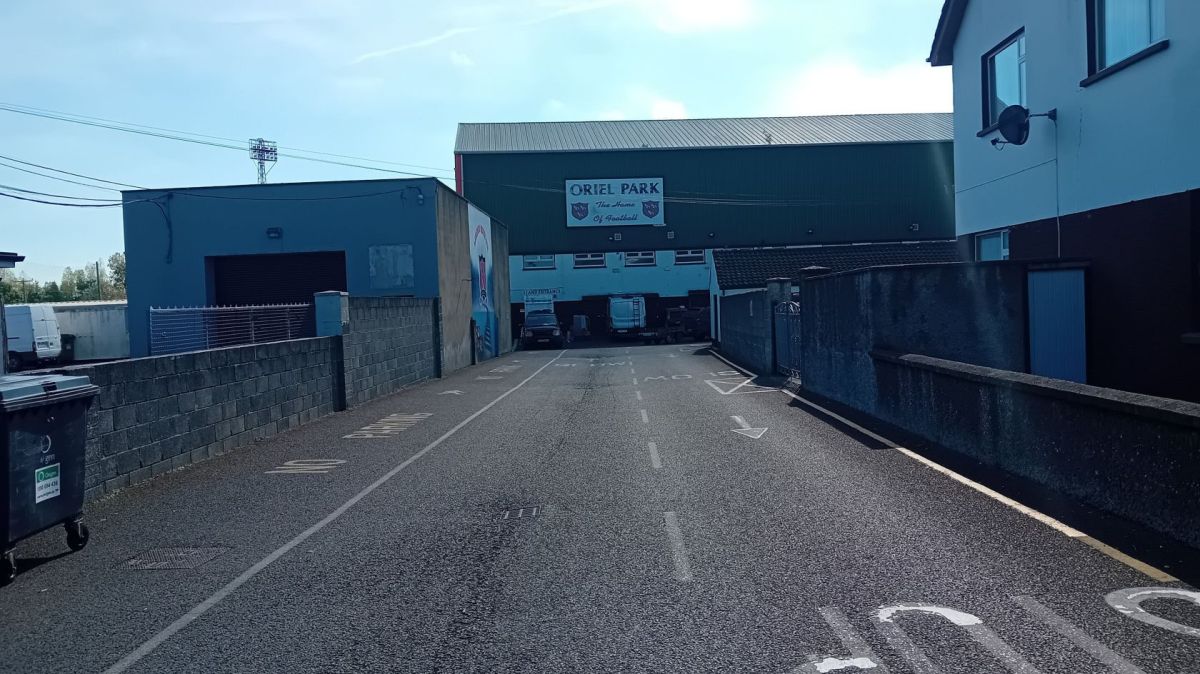Many Irish landscapes, some of which are over 5,000 years old, are recognisable due to their dry stone walls.
A dry stone wall is made entirely of stone, without the use of concrete or mortar. Ireland's dry stone construction technique was included to a list of customs deemed to be intangible cultural heritage during a UNESCO summit in Asunción, Paraguay.
After Irish harping, Irish falconry, uilleann piping and hurling, it is the fifth Irish cultural practice to be added to the list.
In many regions of Ireland, the Neolithic era tradition of building dry stone walls is still widely practiced today. Dry stone buildings make up Brú na Bóinne in County Meath and Sceilg Mhichíl in County Kerry, two of Ireland's UNESCO World Heritage Sites.
In addition to Andorra, Austria, Luxembourg, and Belgium, Ireland spearheaded an international application that included the recognition.
They therefore join nine other nations—France, Switzerland, Spain, Greece, Slovenia, Croatia, Italy, and Cyprus—where UNESCO has approved the use of dry stone walls.















